Lexington and Concord: The Shot Heard Round the World
The fight on April 19, 1775, between our Minutemen and the British regulars at Lexington was over in a matter of minutes, and the British began the seven-mile march to Concord. By now, reports of the shooting had reached the minutemen in the surrounding area, and they began to assemble. A bad day for the British was about to begin.
The Redcoats arrived in Concord, a town of about 1,500 people, at about 8:00 a.m. and were surprised to be greeted by several hundred militiamen in an angry mood. Nevertheless, Lieutenant Colonel Francis Smith, the British commander, immediately began to search for rebel ammunition and weapons. Due to the warning given earlier that morning by Samuel Prescott, practically nothing was found.
Domenick D'Andrea. “The Shot Heard 'Round the World.”
In conjunction with the weapon’s hunt in town, a small detachment was sent by Smith to secure North Bridge and search Barrett’s Farm located nearby. They unknowingly walked into a hornet’s nest of about 400 determined Americans. The British fired at them, killing two and wounding nine, and the Concord militiamen quickly returned the favor.
This return volley, fired from about 50 yards, came to be known as “the shot heard round the world” when on July 4, 1837, Ralph Waldo Emerson published his poem Concord Hymn:
By the rude bridge that arched the flood
Their flag to April’s breeze unfurled
Here once the embattled farmers stood
And fired the shot heard round the world.
In any event, the Redcoats retreated to the safety of their comrades in town and, a little past noon, Lieutenant Colonel Smith ordered his men to return to Boston. However, the trip back would not be as pleasant as the outward journey since by now about 1,000 armed American militiamen were lining the road.
The seven miles to Lexington were shockingly hard on the British as Americans, hiding behind trees and fences, picked off the marching soldiers. Exhausted and running out of ammunition, it seemed the end was near for the Redcoats. Fortunately for them, a detachment of about 1,000 reinforcements under General Hugh Percy was waiting in Lexington.
After a brief rest, this combined force resumed its march to Boston. After a brief rest, this combined force resumed its march to Boston, passing through a phalanx of militiamen. The fighting between Menotomy (today’s Arlington) and Cambridge was especially intense as about half of the day’s casualties occurred in that stretch.
By the time the English reached the safety of their home lines late in the afternoon, there was about 4,000 Minutemen firing at them hot and heavy, and more joining every hour. Most of the Redcoats had been on their feet since 2:00am and were thankful to make it back.
All told, there were about 100 American casualties and about 300 for the English. More importantly, the Americans had shown the British that we were no rabble to be taken lightly. General Percy remarked, “Whoever looks upon them as an irregular mob, will find himself much mistaken. They have men among them who know very well what they are about.”
Incredibly, by the next morning, an army of 15,000 American militiamen, which seemed to have fallen from the sky, had Boston and the British surrounded. Both sides were surprised at the rapid turn of events. Just two days before, the British were the masters of Massachusetts, and now they were bottled up tight inside Boston town.
About two months later, on June 17, 1775, this band of Patriots would again prove their mettle at the Battle of Bunker Hill, and, in Philadelphia, the Second Continental Congress would adopt this force as the nucleus for our Continental Army.
WHY IT MATTERS
So why should the Battles of Lexington and Concord matter to us today? Quite simply, this fight marked the start of the American Revolution and our armed struggle to control our own destiny. We had proven to the world that we were committed to our cause and quest for independence.
Our brave Minutemen had demonstrated that the strong words we had been preaching and writing for the last few years had not been idle talk. At this point, as John Adams remarked, the die was cast and there was no turning back.
SUGGESTED READING
A Single Blow, written by Phillip Greenwalt and Robert Orrison, is an excellent account of the Battles of Lexington and Concord. Published in 2018, this book is well written and a pleasure to read.
PLACES TO VISIT
Minute Man National Historical Park commemorates the Battles of Lexington and Concord. Encompassing over 900 acres, the park consists of sites in and around the towns of Lexington, Concord, and Lincoln. These include Concord’s North Bridge, Bartlett’s Farm, and the Battle Road Trail. This place where our War for Independence began is a must see for all Americans.
Until next time, may your motto be “Ducit Amor Patriae,” Love of country leads me.

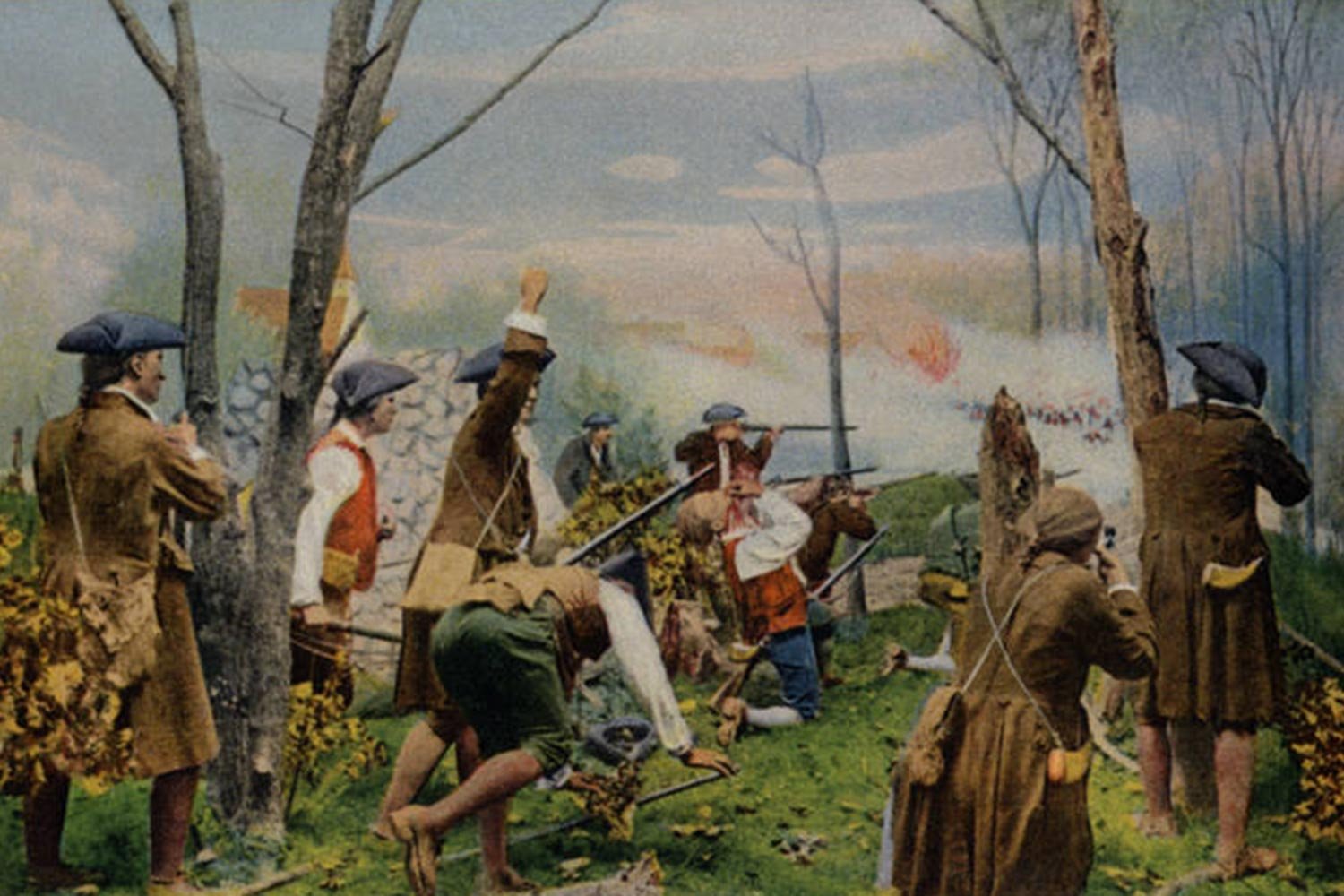



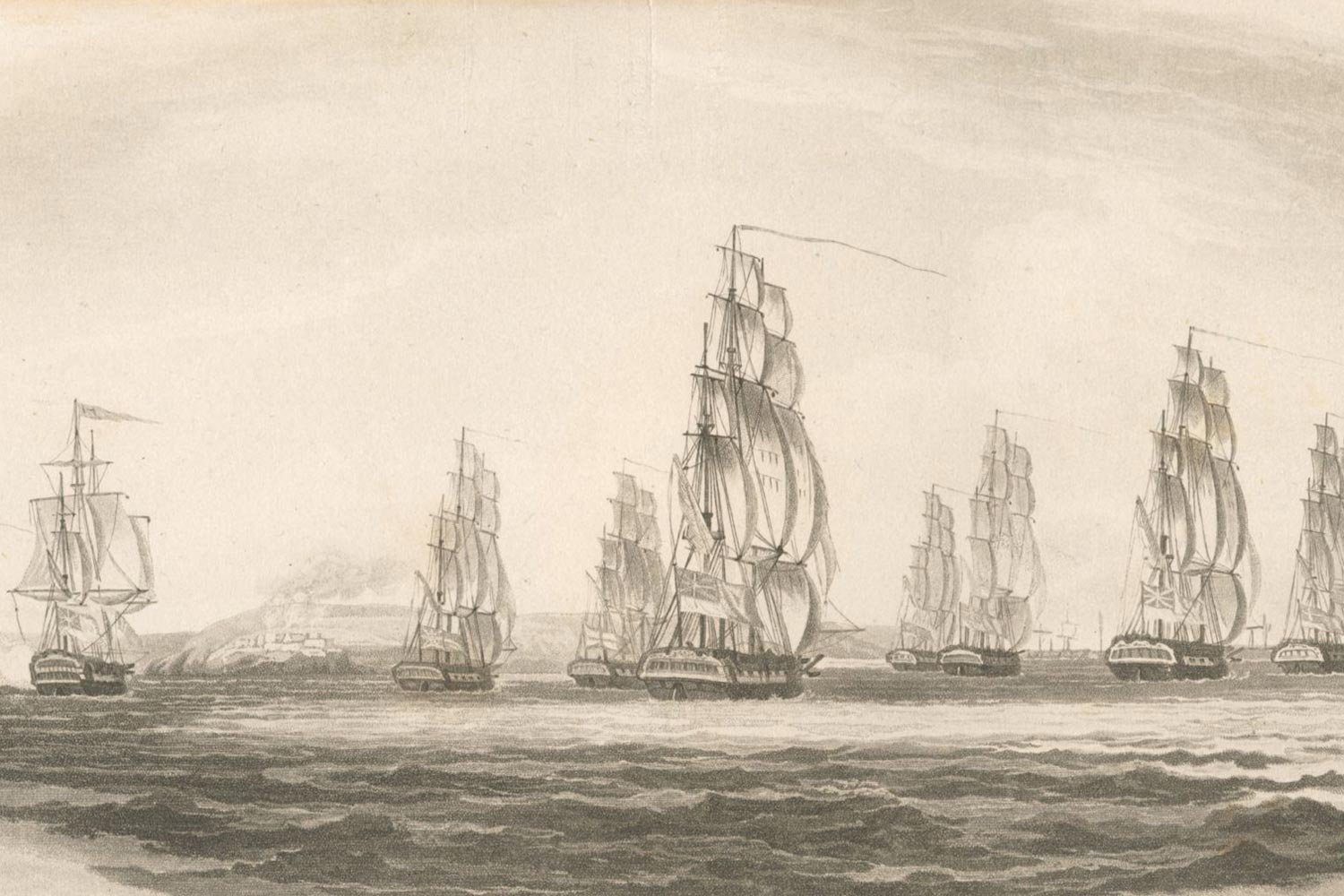
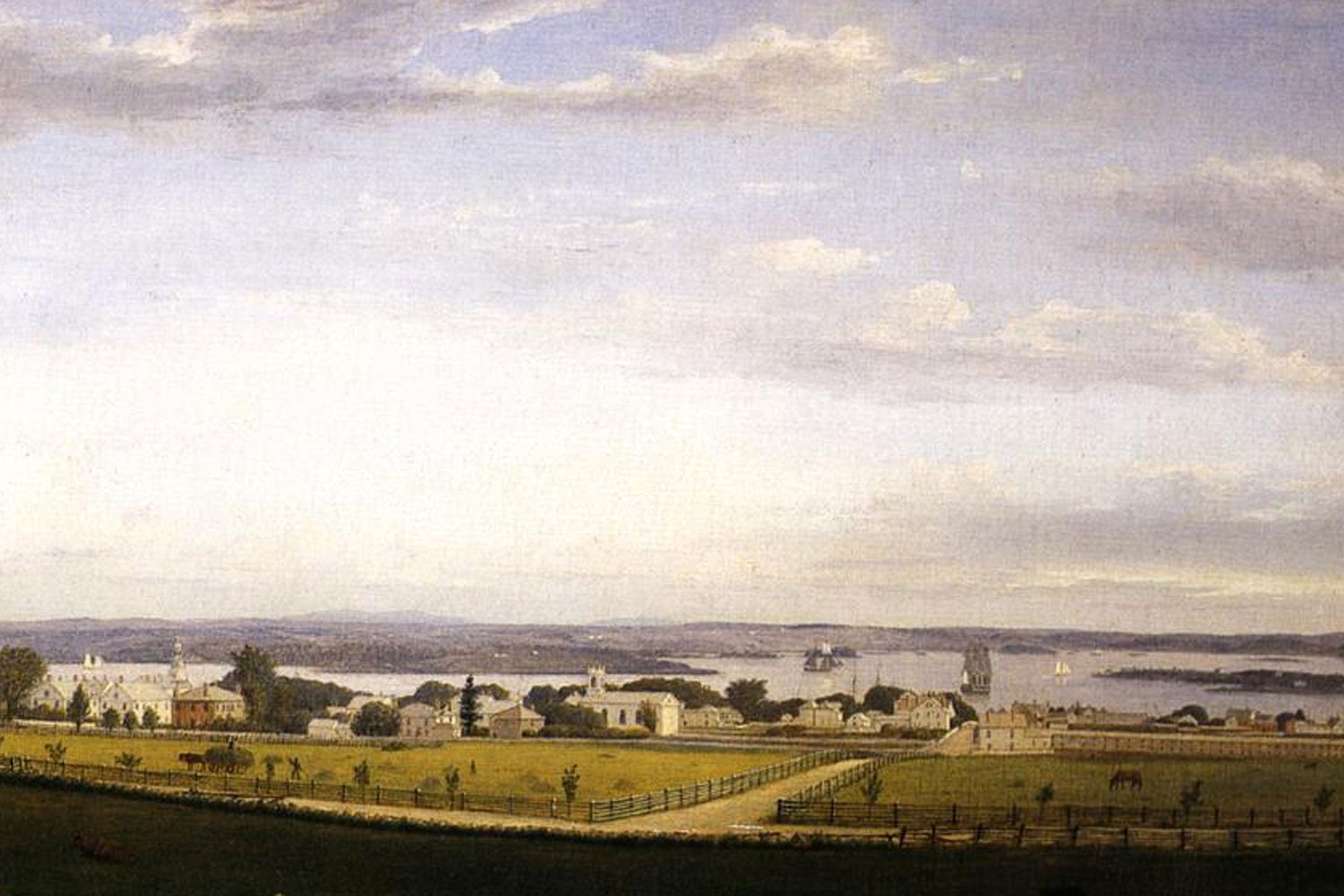
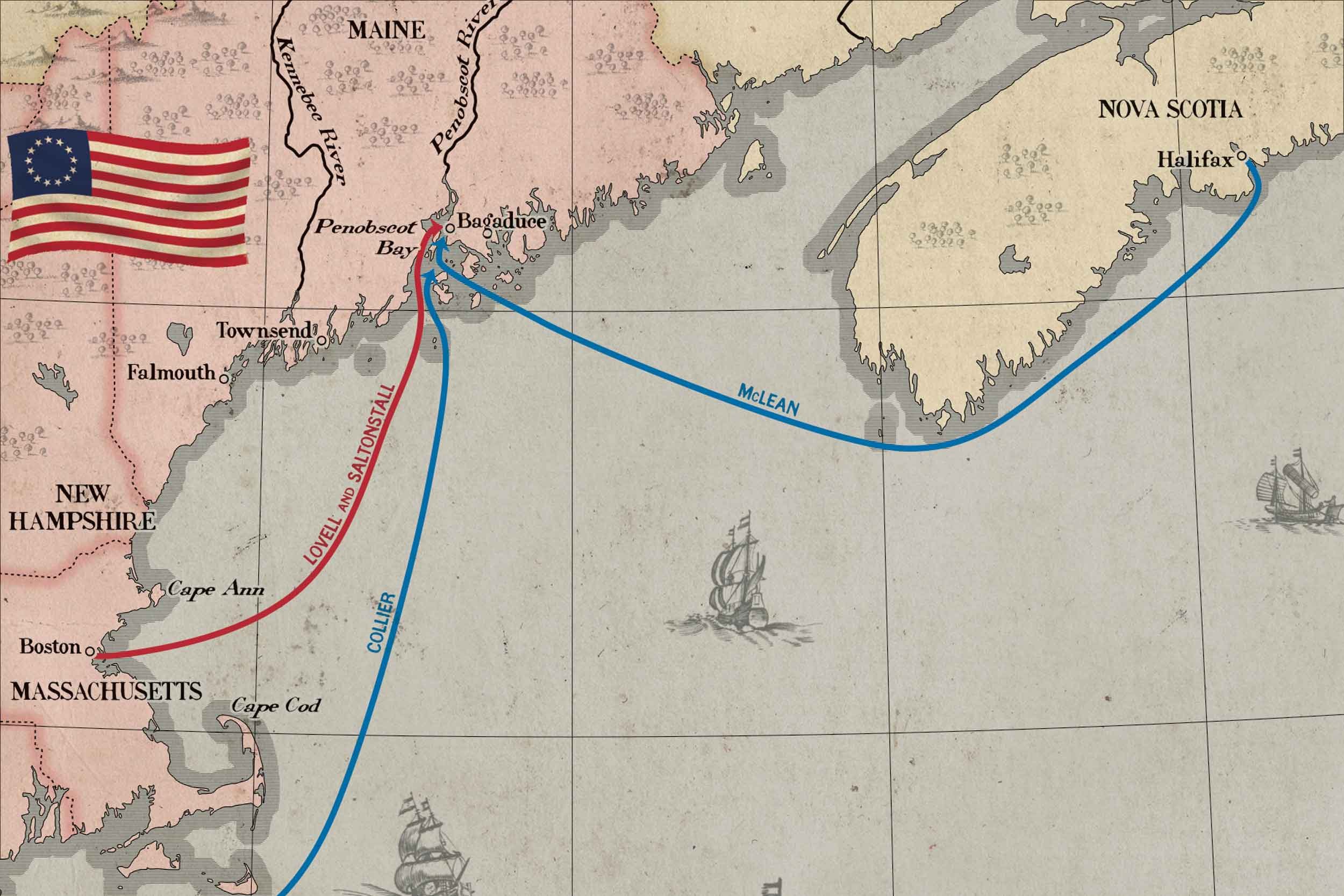
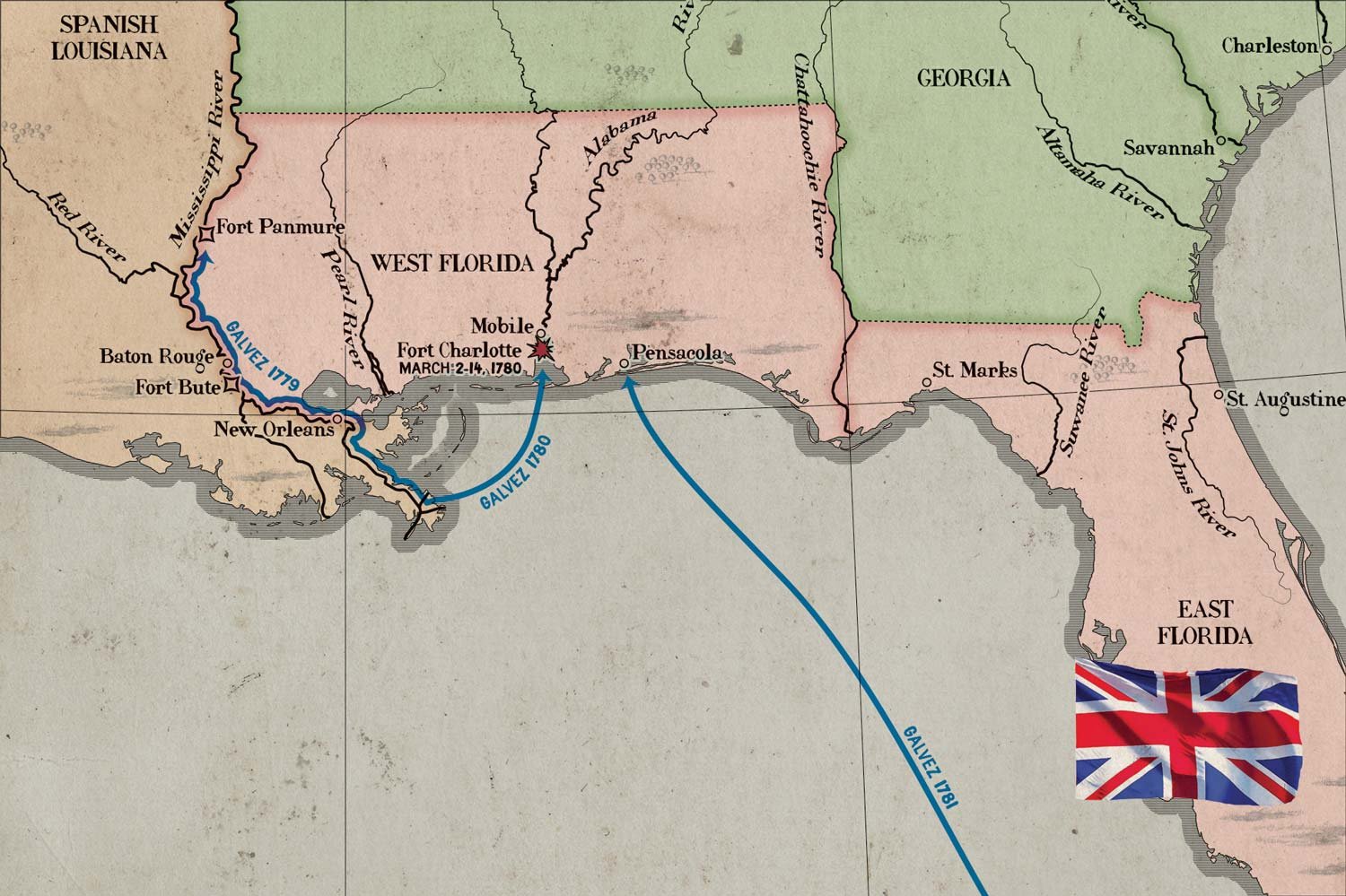
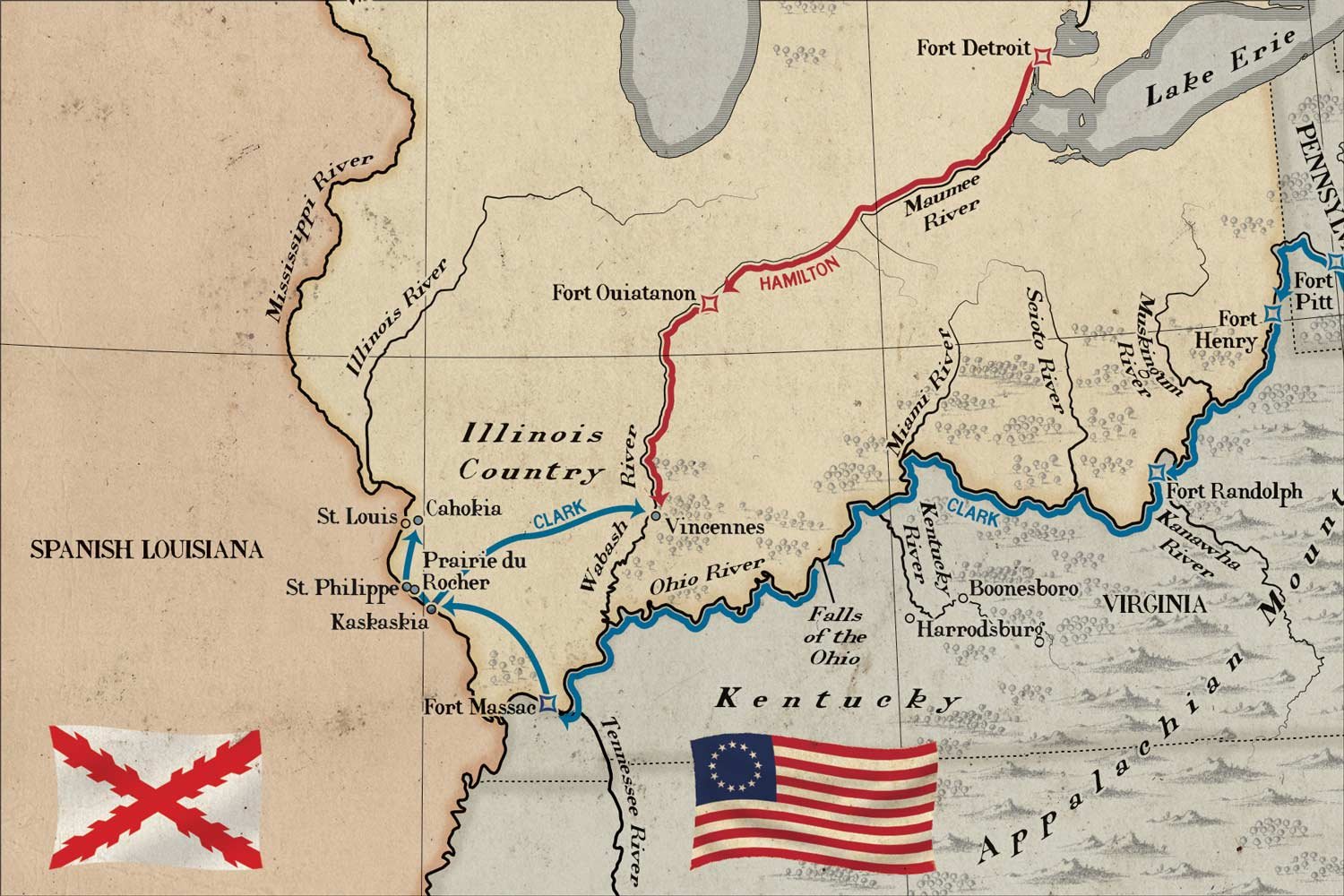
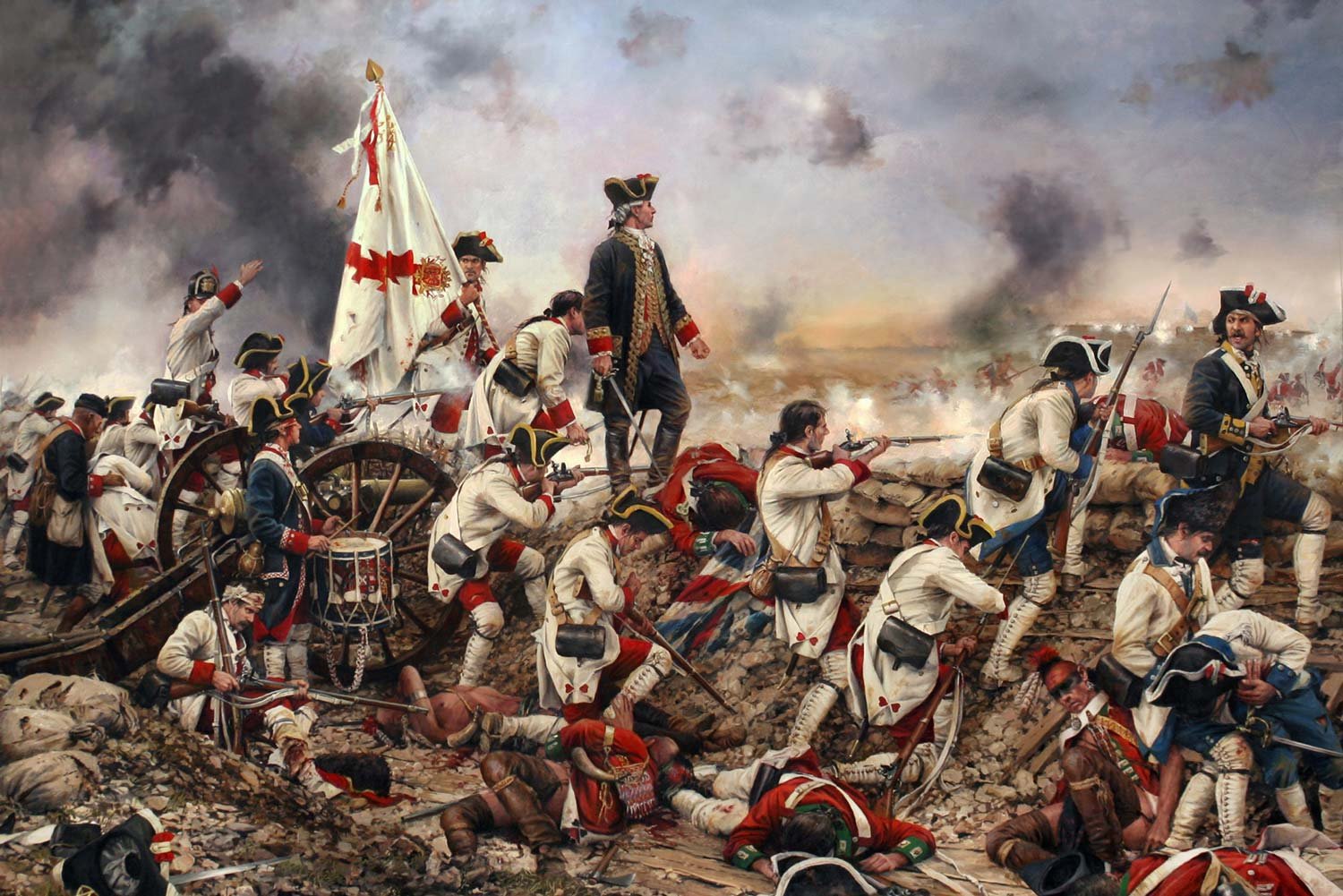
General George Washington led his Continental Army and the French Army under General Jean-Baptiste de Rochambeau into Virginia in mid-September 1781. The combined force was on its way to Yorktown and its appointment with destiny with the entrapped British command of General Lord Charles Cornwallis.